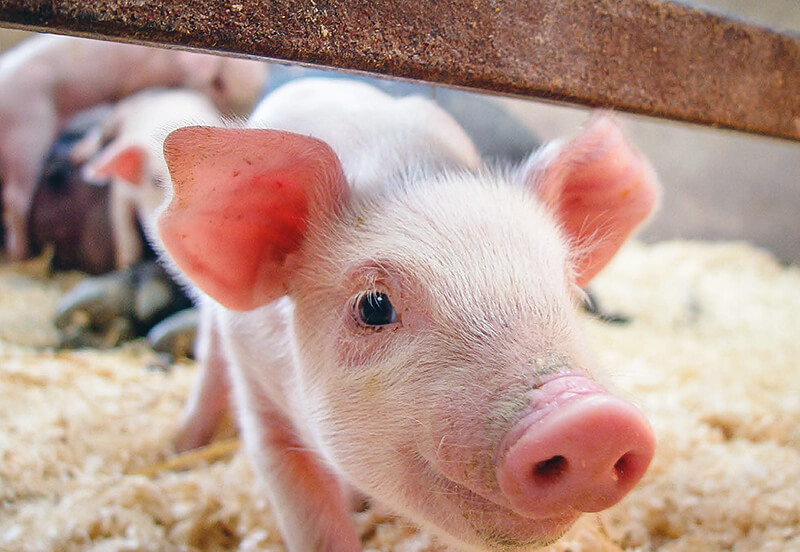Farm Animal Life Cycles
Students investigate six major livestock species, discover that animals need air, space, food, water, and shelter to survive, explore the life cycle of a farm animal, and identify the products each farm animal produces.

Background
Lesson Activities
Recommended Companion Resources
Credits
Author
Sue Knott and Andrea Gardner | Minnesota Agriculture in the Classroom and National Center for Agricultural Literacy (NCAL)
Standards
Indiana Content Area Standards
-
English Language Arts.Kindergarten.RV.1
Use words, phrases, and strategies acquired through conversations, reading and being read to, and responding to literature and nonfiction texts to build and apply vocabulary.
- Vocabulary Building.K.RV.2.2: Identify and sort pictures of objects into categories (e.g., colors, shapes, opposites).
-
English Language Arts.Kindergarten.W.1
Write for specific purposes and audiences.
- The Research Process.K.W.5: With support, build understanding of a topic using various sources. a. Identify relevant pictures, charts, grade-appropriate texts, personal experiences, or people as sources of information on a topic.
-
English Language Arts.Kindergarten.SL.1
Listen actively and communicate effectively with a variety of audiences and for different purposes.
- Discussion and Collaboration.K.SL.2.1: Participate in collaborative conversations about grade-appropriate topics and texts with peers and adults in small and larger groups.
- Discussion and Collaboration.K.SL.2.3: Listen to others, take turns speaking, and add ones own ideas to small group discussions or tasks.
- Discussion and Collaboration.K.SL.2.5: Continue a conversation through multiple exchanges.
-
Social Studies. Kindergarten: Standard 4: Economics
Students explain that people do different jobs and work to meet basic economic wants.
- K.4.2: Economics: Identify and describe different kinds of jobs that people do and the tools or equipment used in these jobs.
-
English Language Arts.Grade 1.RV.1
Use words, phrases, and strategies acquired through conversations, reading, and being read to, and responding to literature and nonfiction texts to build and apply vocabulary.
- Vocabulary Building.1.RV.2.2: Define and sort words into categories (eg., antonyms, living things, synonyms).
-
Social Studies. Grade 1: Economics: Standard 4
Students explain how people in the school and community use goods and services and make choices as both producers and consumers.
- 1.4.2 Economics: Identify services (actions that someone does for someone else) that people do for each other.
- 1.4.3 Economics: Compare and contrast different jobs people do to earn income.
-
Physical Education: Standard 4
The physically literate individual exhibits responsible personal and social behavior that respects self and others.
- 1.4.3.A Physical Education: Works independently with others in a variety of class activities (such as small and large groups).
- K.4.3.A Physical Education: Shares equipment and space with others.
-
English Language Arts.Grade 1.SL.1
Listen actively and adjust the use of spoken language (e.g., vocabulary) to communicate effectively with a variety of audiences and for different purposes.
- Discussion and Collaboration.1.SL.2.1: Participate in collaborative conversations about grade-appropriate topics and texts with peers and adults in small and larger groups.
- Discussion and Collaboration.1.SL.2.3: Listen to others, take turns speaking about the topic, and add ones own ideas in small group discussions or tasks.
- Discussion and Collaboration.1.SL.2.5: Build on others talk in conversations by responding to the comments of others through multiple exchanges.